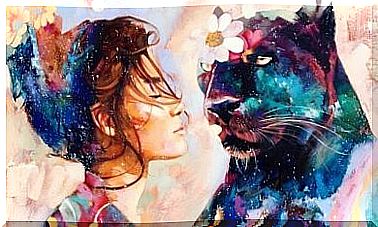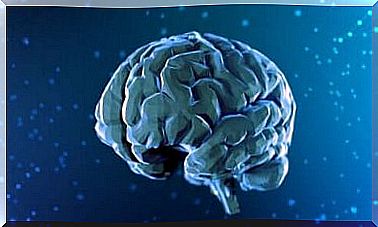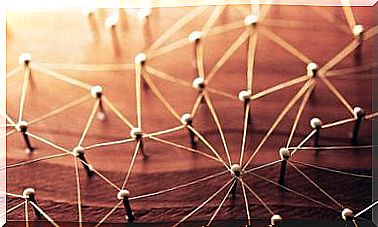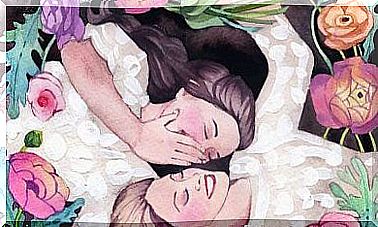How Does The Brain React To The Absence Of A Loved One?
The absence of a loved one is painful no matter who you are. Although love and loss are a part of life, we can never fully accept it.
Even though we know that nothing lasts forever, it is as if we refuse to accept that it is true. It’s a kind of psychological uprising.
Many times we say that there is an opposition between the head and the heart. The head tells us that we must accept the absence, but something deeper refuses us to lower our protection and accept the loss.
This happens because both the presence and absence of a loved one triggers reactions in areas where we have little control. Psychological processes are involved in love and grief.
It is these changes that are physical and transcend what we can understand and deal with. This explains the so-called ” contradiction theory “.
The theory of contradiction
The theory of contradiction was developed by Solomon and Corbit in 1974. According to this approach, our brain tries to seek emotional balance. The way it chooses to do this is by neutralizing emotions.
To do so, it performs a counteracting operation: when an intense emotion emerges and takes away the stability, the answer is to produce the reverse emotion. This is also called “corrective emotional stimulus”.
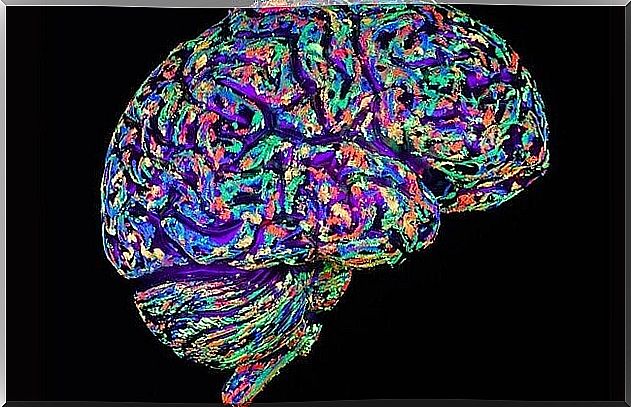
According to this theory, the response stimulus is weak in the beginning. But it gradually increases in strength. Based on these principles, we can partly explain both what happens in the case of addiction and after an emotional loss.
When the first feeling appears, it is very intense. It has no contradiction and therefore reaches a maximum level. That’s what happens, for example, when we fall in love.
But gradually the opposite stimulus emerges. Even if it is not noticed at first, it gradually gains enough strength to neutralize the original feeling.
The process of contradiction and the absence of a loved one
In cerebral terms, the absence of a loved one has effects similar to abstinence in addiction. In both cases there is an initial stimulus and a “corrective stimulus”.
Let’s take alcohol as an example. The drinker feels euphoric reactions. He is unlimited and “anesthetized” against discomfort. The next day the opposite happens. He may be depressed, insecure and want to achieve the original stimulus by drinking more.

When it comes to tenderness and love, tenderness is the original stimulus. A connection arises, a need for the other person. Joy when you see them. Especially for couples, the original stimulus is very strong.
At the same time, the opposite stimulus emerges. This is why, over time, the original intensity is replaced by a “neutral” feeling.
However, if an absence occurs, a decompensation takes place. The original stimulus disappears and only the corrective stimulus remains and intensifies. We experience this through sadness, irritability and conflicting emotions.
A chemical cause
All emotions arise organically. This means that for every reaction, there is a corresponding psychological process that involves chemical changes in the brain.
When we love someone, we do so not only with the soul, but with the elements and the way they manifest in our bodies.
That is why the absence of a loved one is not just an emotional vacuum. A lot of oxytocin, dopamine and seratonin are created through love.
When these chemicals are no longer there, the body suffers from imbalance. It takes time before the opposite processes begin: the corrective stimulus that will get the body back in balance.
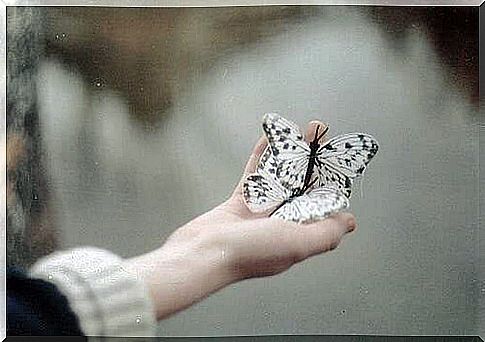
How do we benefit from knowing all this? Just the benefit of understanding that the absence of a loved one has major consequences for both our mind and body. That we have to go through an adjustment process to find balance, and that this process can take some time.
Many times we just have to let this process happen. We must trust that we are made to be in balance.


